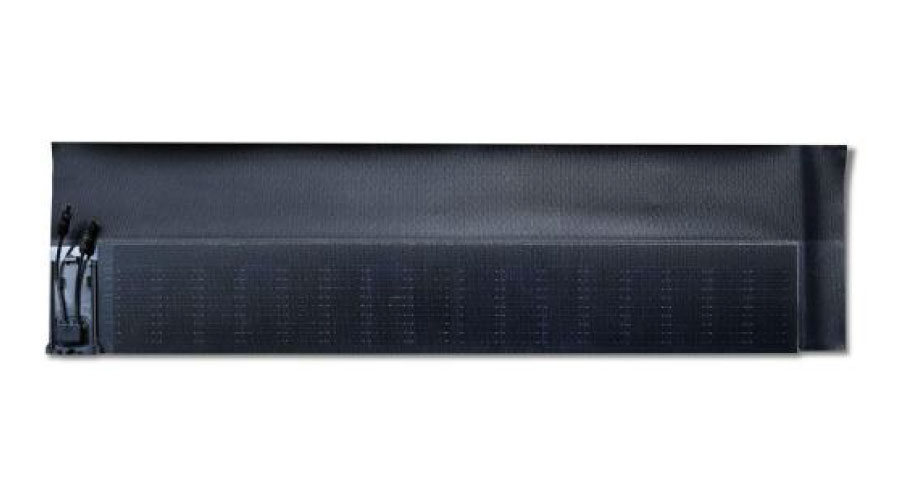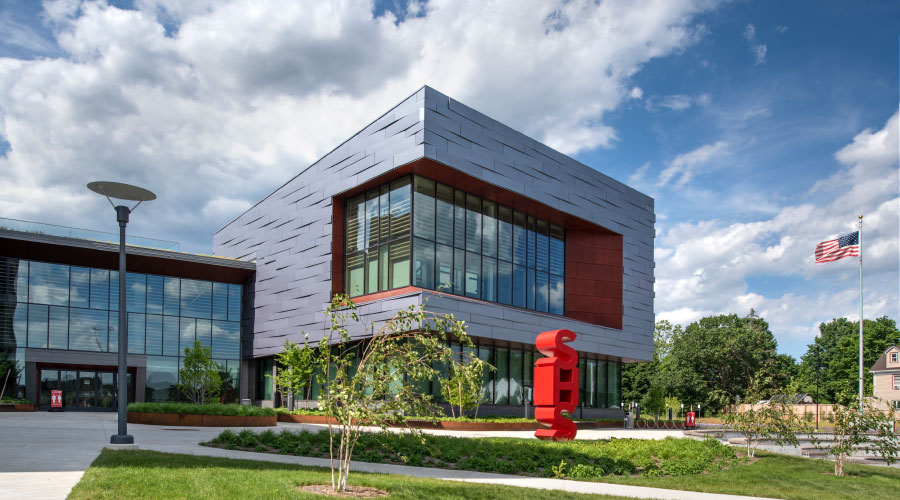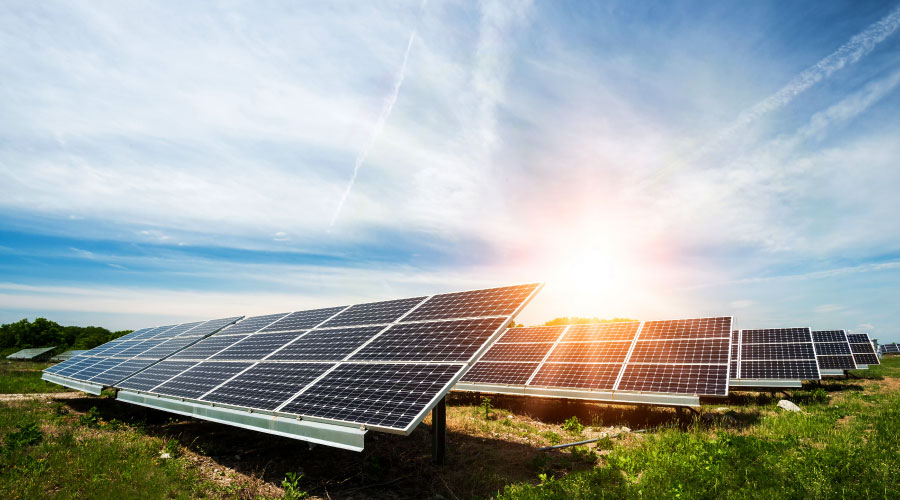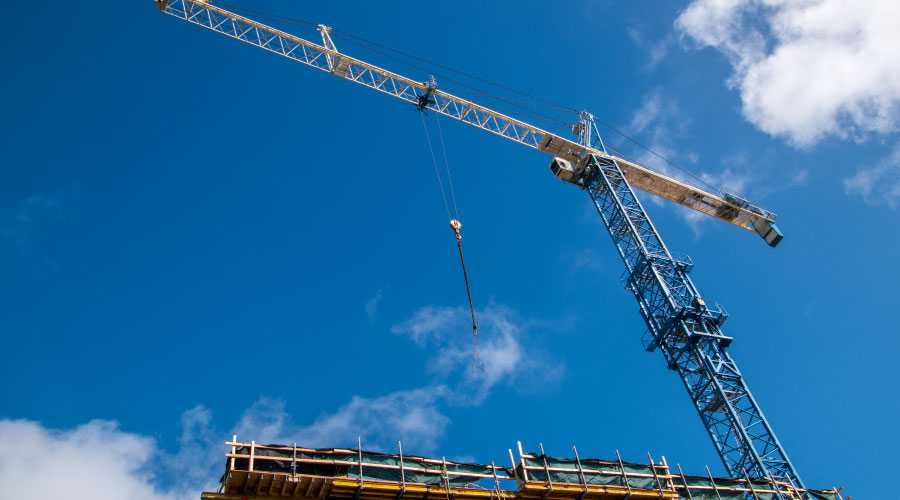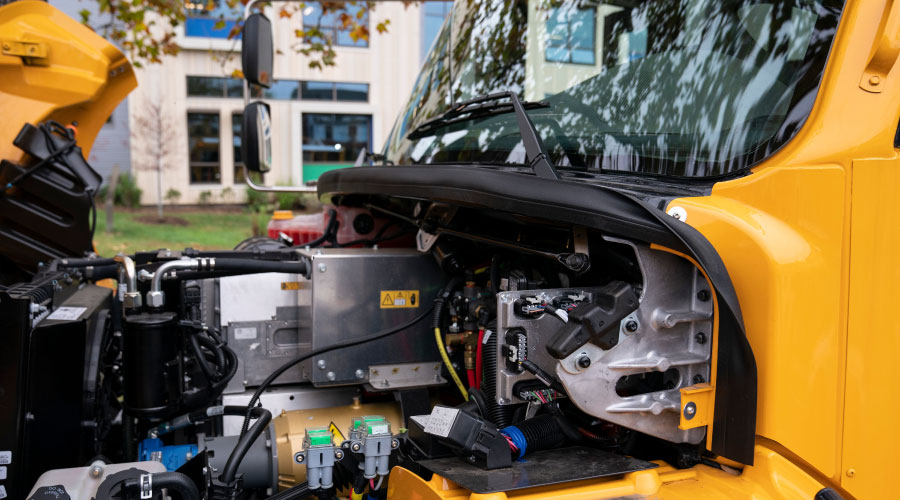
EPA's Clean School Bus Program Opens Doors to Electric Opportunities
Program offering rebates and grants for school districts to help transition fleets. August 4, 2023
By Dave Lubach, Executive Editor
The Wild Rose School District would not seem to fit the profile of a district dipping into the electric bus market. The school district, located in rural middle Wisconsin, has only 570 students. District residents are not clamoring for e-buses, and the infrastructure to support the buses does not currently exist.
Then the Bipartisan Infrastructure Law (BIL) happened. Signed into law in November 2021, the BIL provides $5 billion to replace existing diesel school buses with clean and zero-emission school buses. In the first round of funding, Wild Rose was the beneficiary of two electric buses that the district hopes to receive in October.
Wild Rose applied for and was selected to receive a rebate as part of the Clean School Bus Program, a BIL initiative which awarded rebates to applicants in the 2022 round of funding. Winners were selected by lottery and prioritized applications from low-income, rural, tribal and/or high-needs school districts.
Speaking at the Wisconsin EV State Policy Bootcamp, district manager Craig Hayes never thought Wild Rose would be awarded the buses. Wild Rose owns its buses and worked with its supplier on filling out the application. The supplier filed the papers for Wild Rose, which learned it was one of the state’s districts that was awarded a rebate. During the first round of rebates, Wisconsin school districts were awarded 25 electric buses.
Wild Rose will get two buses through the rebates and will receive a total of $790,000 for the two buses— each electric bus costs $375,000 to purchase and an additional $20,000 each for the chargers.
After overcoming the initial surprise of getting the buses, the next step was to convince local and school leaders of the benefits of the electric buses.
“One of the biggest challenges is the infrastructure piece of it, so we’re currently working through that,” Hayes says.
Other challenges the school district has faced during the process are costs and “range anxiety,” or the fear of a battery losing its juice while on the road with no way of charging. Hayes says he’s still working on convincing some stakeholders of the benefits of electric, even though Wild Rose is taking only two electric buses.
“I think range anxiety is a large factor in that,” he says. “Working with some stakeholders in our community, when they found out the cost of an electric school bus, they wondered why would they do this? It’s almost four times the cost of a diesel bus.
“But we had a 15-year study of the bus, where they plugged in the amount of miles we’d drive the bus, the cost of diesel in our area, and the cost of electric charging (not to mention maintenance) and showed the decision makers that at the end of the day, it’s almost cost-neutral over a 15-year cycle.”
The first round of funding from the Clean Bus School Programs originally called for $500 million going to schools in rebates, but the response was so popular the Environmental Protection Agency (EPA) doubled the rebate money available to $1 billion.
The second funding opportunity, the 2023 Clean School Bus grant program, will make $400 million available to schools, but applications close on August 22. Future funding opportunities will include both rebate and grant opportunities. School districts interested in applying for future funds should visit the EPA site for more information.
Tyler Salamasick, an EPA environmental scientist for Region V, an area which includes Wisconsin, said school districts should know the difference between applying for the grants and rebates.
The rebates are faster and simpler to apply for, and recipients are randomly selected. They are intended for smaller projects and provide more flexibility for projects. Grants require a longer, more detailed application that includes a more intense evaluation to determine if funding will be provided.
“When you only have 25 buses in your fleet, you might not want to necessarily replace all of them in your fleet at once,” Salamasick says. “The first thing you want to do is talk to your utility and see what you’re capable of doing. With the rebate, you might want to try one or two buses. It’s a good introduction to the Clean Schools program.”
Dave Lubach is the executive editor for the facilities market.
Next
Read next on FacilitiesNet









